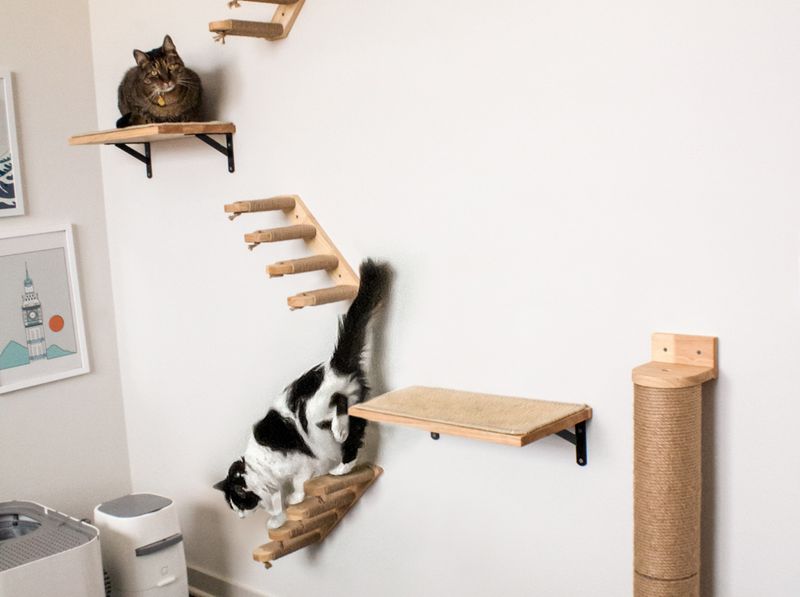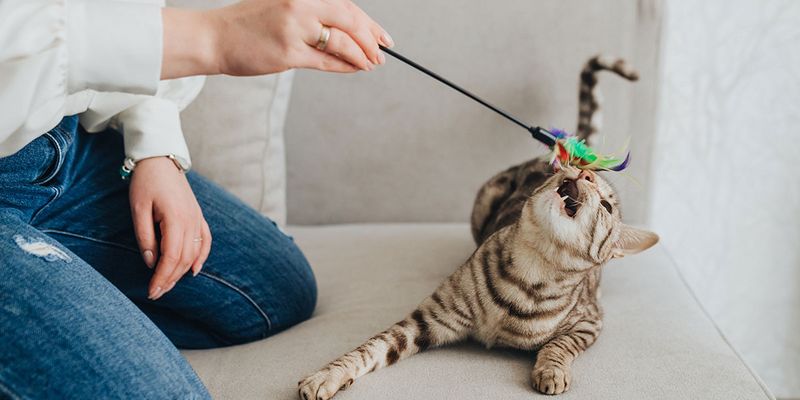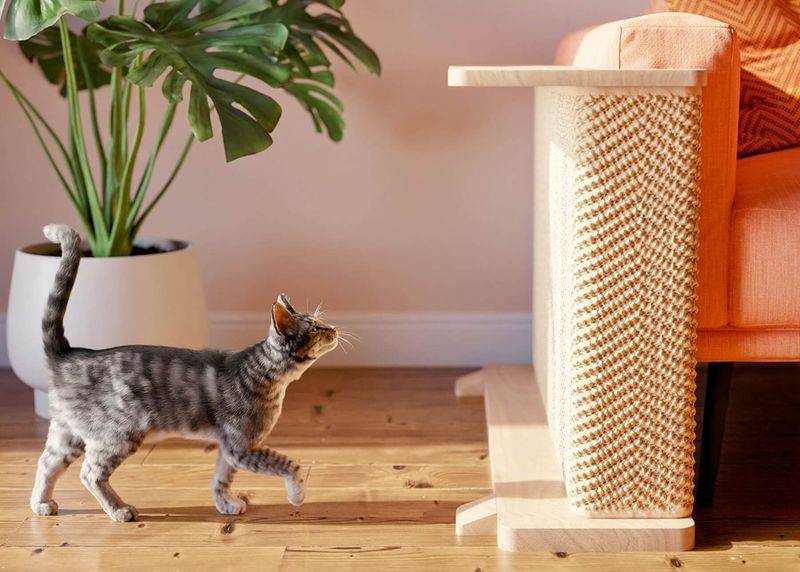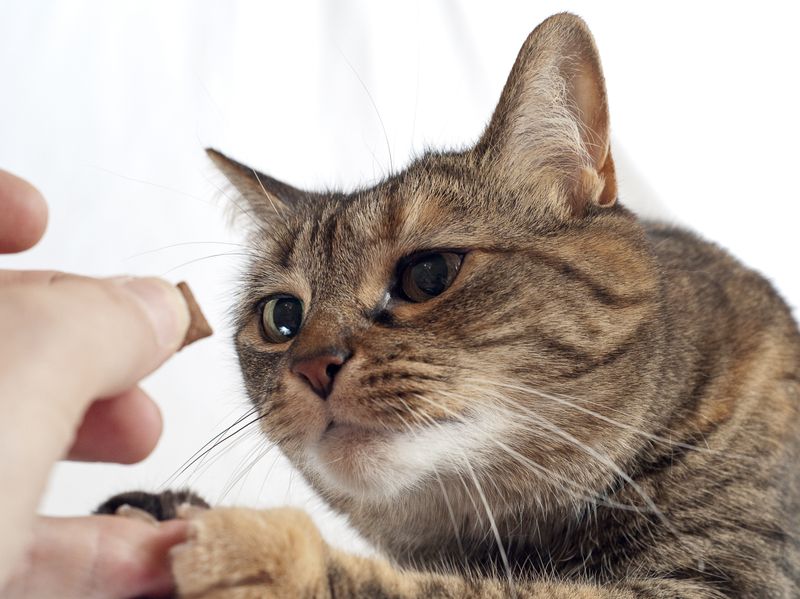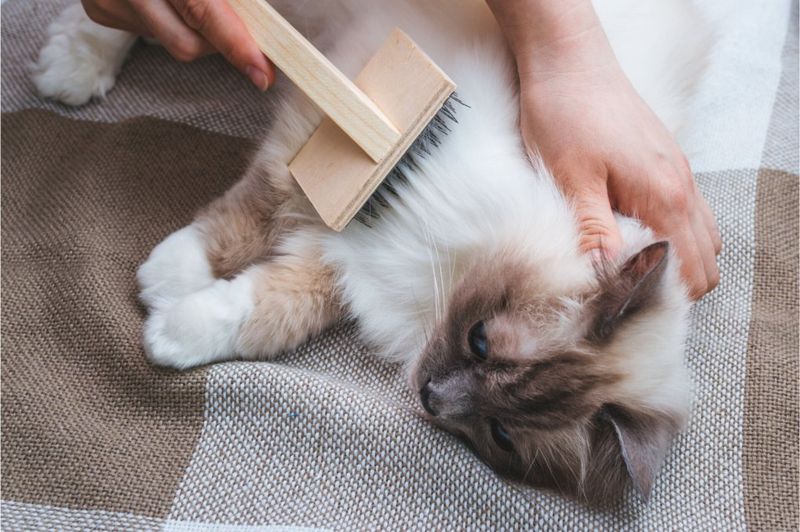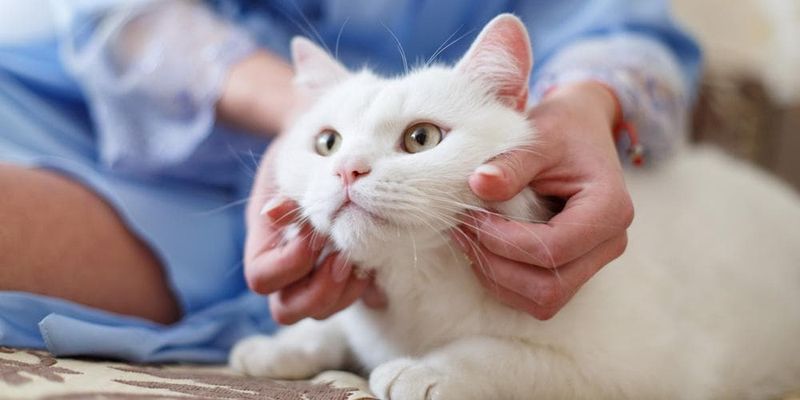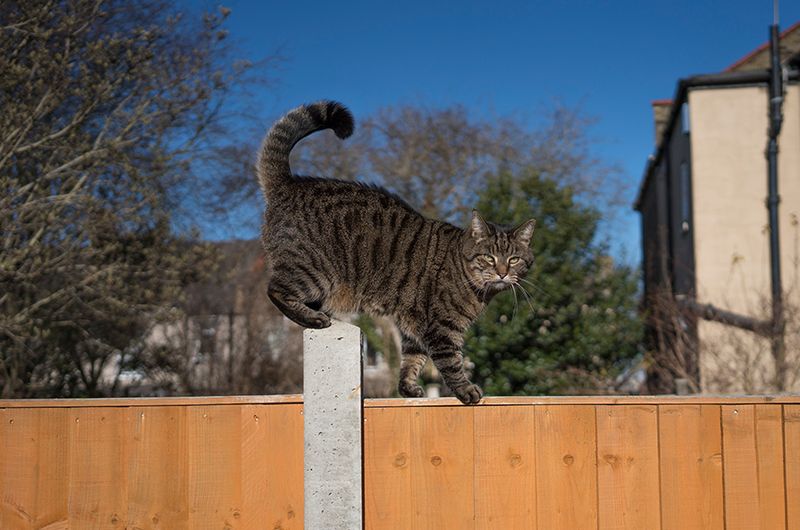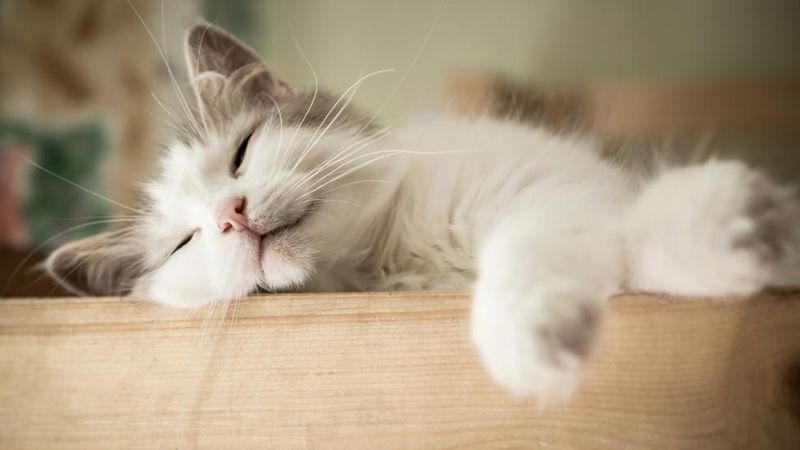📖 Table of Content:
- 1. Create a Safe Space
- 2. Set Consistent Meal Times
- 3. Introduce Playtime Regularly
- 4. Teach Proper Scratching Etiquette
- 5. Encourage Independence
- 6. Limit Treat Consumption
- 7. Use Positive Reinforcement
- 8. Establish Grooming Routines
- 9. Communicate with Body Language
- 10. Respect Personal Space
- 11. Introduce New Pets Gradually
- 12. Set Boundaries for Outdoor Exploration
- 13. Maintain a Calm Environment
Setting boundaries with your cat is a vital step toward creating a peaceful and balanced home. While it may feel like a challenge, clear boundaries help foster trust and respect between you and your feline companion. Establishing these limits ensures that both your space and your cat’s well-being are maintained.
Cats, like humans, need structure to feel secure. Without boundaries, they may exhibit unwanted behaviors that disrupt the household dynamic. By setting firm but gentle guidelines, you create an environment where both you and your cat can thrive.
Knowing how to establish boundaries can lead to a stronger, more positive relationship with your pet. It’s about creating mutual respect and understanding, ensuring your cat knows what’s expected while allowing them to feel comfortable and loved. The following steps offer simple yet effective strategies for setting healthy boundaries with your cat.
1. Create a Safe Space
Imagine a corner just for your cat. A safe haven where your feline friend can retreat and relax. Cats love having their own space, and providing one can prevent unwanted behaviors. By setting up a cozy area with a bed, scratching post, and toys, you’re creating an environment that respects your cat’s need for solitude. Think of it as their personal sanctuary.
Encouraging your cat to use this space can help reduce stress and promote well-being. This little corner can become their favorite spot, offering comfort and peace when the world feels overwhelming.
2. Set Consistent Meal Times
Cats thrive on routine, and setting consistent meal times can make a world of difference. Imagine your cat eagerly awaiting their meal, knowing exactly when it will arrive. By feeding your cat at the same time each day, you establish a sense of security and predictability.
This practice not only helps with digestion but also reinforces discipline. It might seem simple, but regular feeding times can create a more harmonious household. Plus, it allows you to monitor your cat’s eating habits, ensuring they’re maintaining a healthy weight and enjoying their food.
3. Introduce Playtime Regularly
Playtime with your cat is more than just fun—it’s key for their mental and physical well-being. Regular interaction helps prevent boredom while also promoting healthy activity. Dedicating time to daily games and toys will keep your feline entertained and engaged.
This interaction also strengthens the bond between you and your cat. Playtime is more than just fun; it’s a necessary part of their daily routine. Whether it’s chasing a feather toy or pouncing on a ball, your cat will appreciate the effort, feeling loved and valued.
4. Teach Proper Scratching Etiquette
Scratching is a natural behavior for cats, but it can be redirected. Visualize a stylish scratching post that not only saves your furniture but delights your feline. Teaching proper scratching etiquette involves providing the right tools and positive reinforcement. Place scratching posts in areas where your cat loves to scratch, and encourage their use with treats or praise.
This approach preserves your home while respecting your cat’s instincts. With patience and consistency, you can cultivate a habit that satisfies both parties. Your furniture will thank you, and so will your contented kitty.
5. Encourage Independence
Fostering your cat’s independent spirit is key to a happier, more confident pet. Whether it’s exploring a sunny backyard or navigating a cat-friendly indoor space, solo adventures are vital for their well-being. Allowing them the freedom to roam safely fuels their innate curiosity and encourages self-reliance.
Independence doesn’t mean neglect; it’s about trusting your cat’s instincts and allowing them to express their curiosity. By doing so, you enhance their confidence and enrich their life, contributing to a well-rounded and contented feline.
6. Limit Treat Consumption
Treats are delightful, but moderation is key. Envision a curious cat eyeing a treat jar with anticipation. Limiting treat consumption ensures your cat maintains a healthy weight and avoids overeating. By setting boundaries around treats, you teach your pet the importance of balance. Offering treats sparingly makes them more special and rewarding.
It’s about quality, not quantity, and finding nutritious options that benefit their health. This approach creates a happier, healthier cat, all while maintaining that special bond during treat time. Your cat will savor each bite, knowing it’s a true delight.
7. Use Positive Reinforcement
By rewarding your cat’s good behavior, you’re setting them up for success. Whether it’s a treat, a petting session, or kind words, positive reinforcement encourages your cat to act in ways that benefit both of you. This approach strengthens trust and makes training a rewarding experience for both the cat and owner.
It turns learning into a joyful experience, fostering a strong connection between you and your furry friend. Consistency and patience are key, and the rewards will be evident in a well-behaved, contented cat.
8. Establish Grooming Routines
Consider the serene moment of grooming your cat, gently brushing their fur. Regular grooming routines are more than just maintenance; they’re a bonding experience. By establishing a consistent grooming schedule, you help your cat feel comfortable and cared for.
Brushing removes loose fur and reduces shedding, while also providing an opportunity to check for any health issues. This routine not only keeps your cat looking their best but also strengthens your relationship. Your cat will come to enjoy these tranquil sessions, feeling pampered and loved.
9. Communicate with Body Language
Communication with cats goes beyond words. Picture a moment shared through eye contact, understanding conveyed through body language. Cats are perceptive creatures, attuned to your movements and gestures. By observing and responding to their cues, you create a harmonious interaction.
Whether it’s a slow blink to signal affection or respecting their space when they need it, understanding body language enhances your connection. It’s a silent conversation that builds trust and empathy. Your cat will feel understood and respected, deepening the bond you share.
10. Respect Personal Space
Respecting a cat’s need for personal space is a sign of understanding their unique temperament. Imagine your cat lounging contentedly in a secluded area, free from interruptions. Giving them this space shows you care about their comfort and emotional health.
Avoid disturbing your cat when they’re sleeping or choosing to be alone. This boundary fosters trust and comfort, allowing your cat to feel safe in their environment. Acknowledging their individuality and independence strengthens your relationship, creating a home where both you and your cat can thrive in harmony.
11. Introduce New Pets Gradually
The arrival of a new pet can create a sense of uncertainty for your cat. Imagine your cat observing the new dog from a distance, intrigued but not threatened. Slowly introducing the new pet with separate spaces and controlled encounters allows your cat to adjust more naturally.
Patience and understanding are key during this transition. By managing introductions carefully, you create a peaceful coexistence, where both pets feel valued and secure. The effort leads to a harmonious home, enriched by the presence of both companions.
12. Set Boundaries for Outdoor Exploration
The thrill of outdoor exploration comes with the need for clear boundaries. Picture your cat enjoying a secure adventure in the garden, calmly exploring while safely on a leash. With defined rules, like using a leash or contained area, your cat can indulge their curiosity while avoiding harm.
This balance of freedom and safety ensures your cat’s well-being, while still offering new experiences. It’s about providing opportunities to explore while protecting them from risks. Your cat will relish the fresh air and different scents, all within a secure environment.
13. Maintain a Calm Environment
For your cat, a calm home is a safe haven. Imagine a peaceful space where your cat can relax without the chaos of a noisy household. By fostering stability and keeping disruptions to a minimum, you provide your cat with the security they need to thrive.
Providing a serene atmosphere allows them to relax and thrive. This calmness extends to your interactions, where gentle handling and soft voices create an inviting home. Your cat will appreciate the peace and predictability, feeling truly at ease in their environment.

